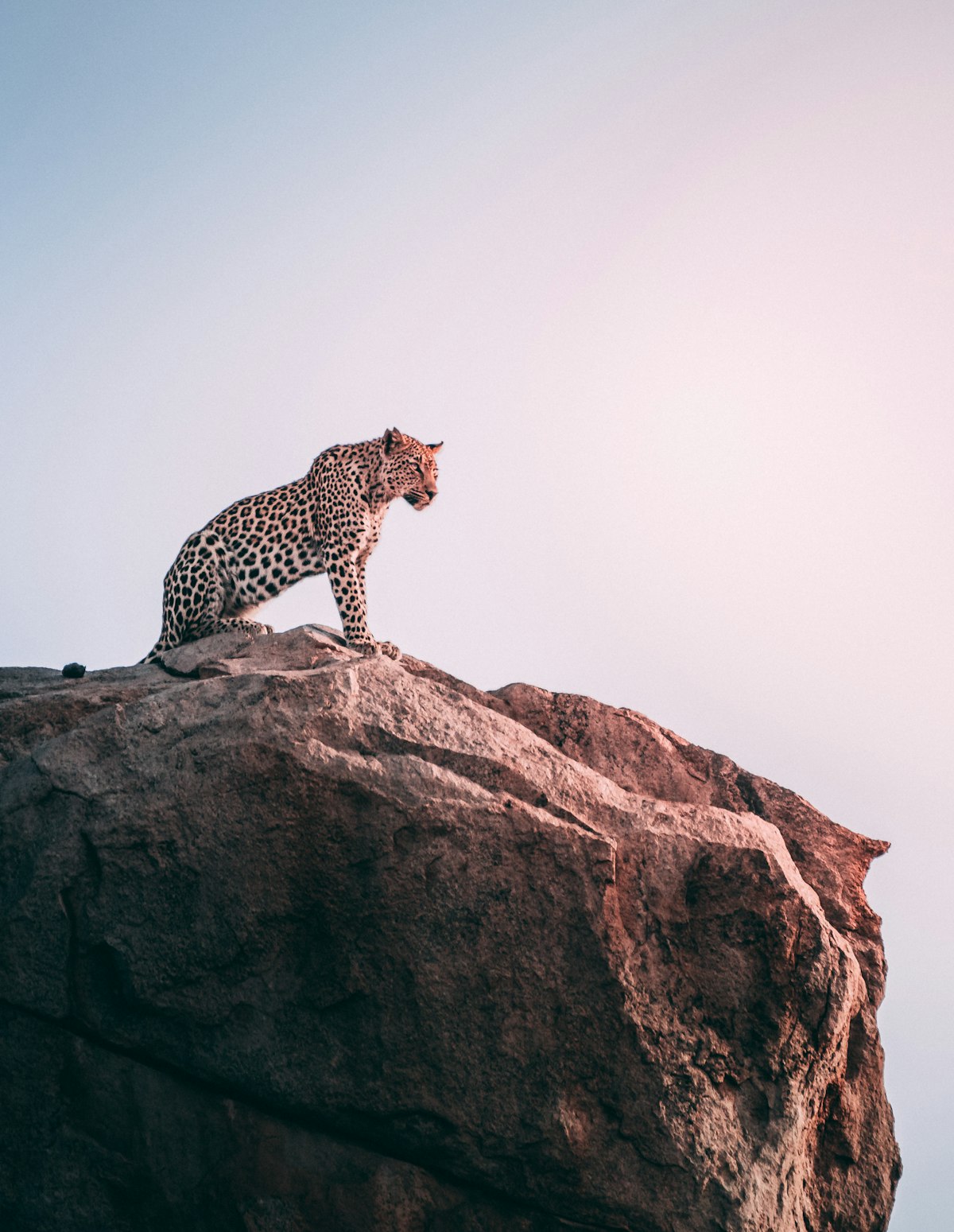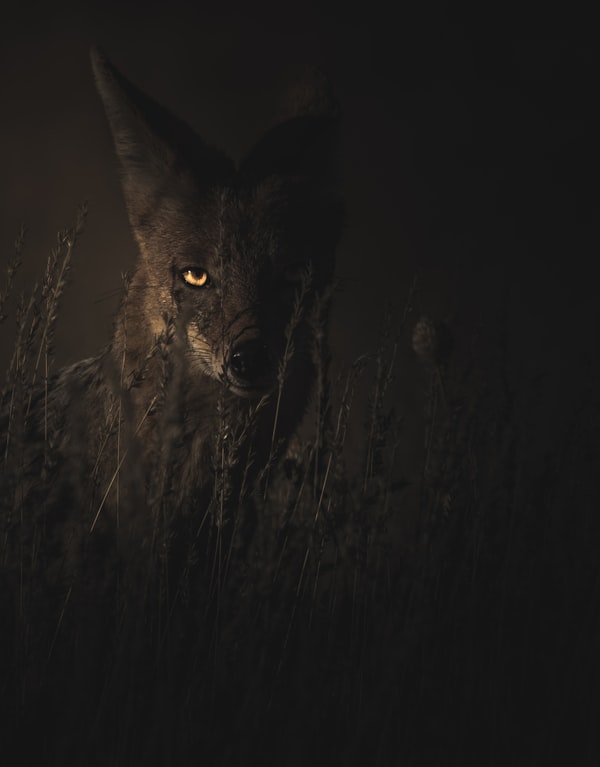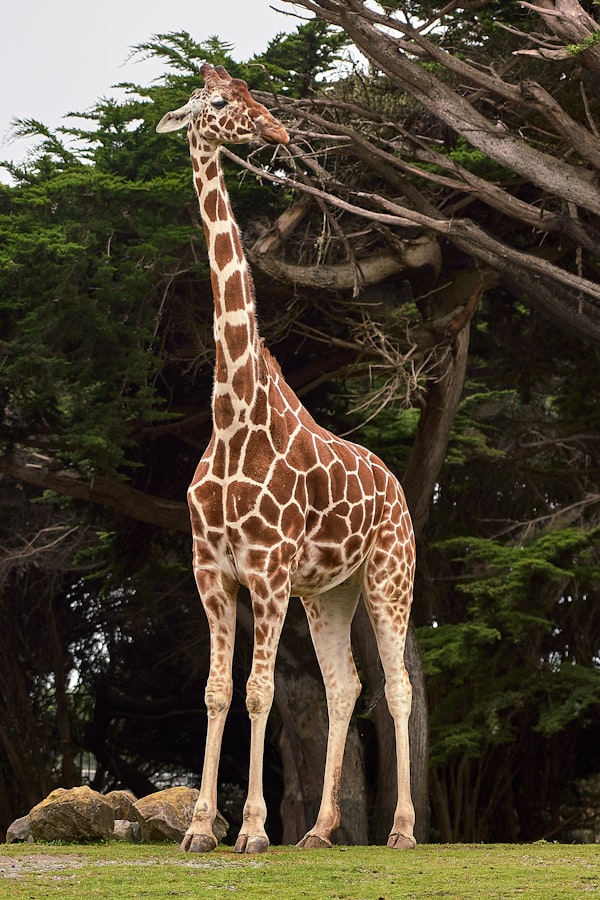The Role of Artificial Intelligence and Social Media in Identifying Global Wildlife Threats

Recent research conducted by the University of Sussex has highlighted the significance of artificial intelligence and social media in identifying threats to wildlife worldwide.
The study utilized AI to analyze online data from various platforms, revealing the extensive hunting and trade threats facing bats on a global scale.
Through the research, previously unrecognized countries involved in bat exploitation were identified, emphasizing the role of online data in enhancing our understanding of wildlife threats.
AI technology played a crucial role in filtering through vast amounts of information, allowing for the creation of a comprehensive global database of "bat exploitation records."
The study underscores the urgent need to address threats to bats, given their essential roles in ecosystems as pollinators, seed dispersers, and pest controllers.
Experts emphasize the importance of integrating social media data into future conservation strategies to combat wildlife exploitation effectively.
With over half of bat species classified as threatened with extinction or data deficient, the study sheds light on the critical need for increased conservation efforts to protect these mammals.
The findings of the research have significant implications for understanding and addressing wildlife threats, particularly in relation to bat hunting and trade.

